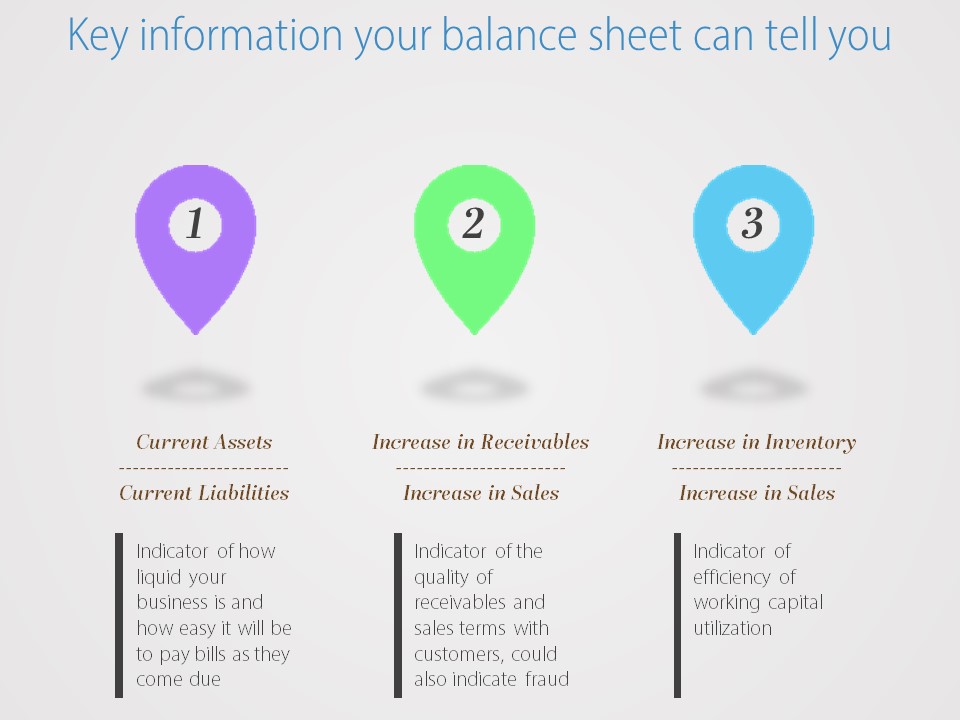Most businesses are wrapping up their year-end books and generating their annual financial statements. This makes it a great time to settle in by a roaring fire (or enjoy a beautiful 60 degree February day in Chicago!) and catch up on reading...your company's financial statements. One chapter with a careful perusal is the balance sheet; therein may lie some important lessons.
Three ratios to consider
In a nutshell, a balance sheet summarizes a company's assets, liabilities, and shareholders' equity at a specific point in time. Its objective: To provide an accurate snapshot of the financial standing of the business.
Yet a balance sheet can do so much more. There are a number of ratios you can draw from this report, which can help you lay out strategic plans for the upcoming year. Three to consider are:
- The ratio of current assets to current liabilities. If this ratio falls below 1, the company may struggle to pay bills coming due. Some businesses experts believe a current ratio of less than 2:1 is problematic, but the ideal ratios vary by industry. Checking your industry benchmark will give you a good idea of where your company's ratio should fall.
- Growth in accounts receivable compared to growth in sales. If receivables are growing faster than increases in sales, your company might be building up bad debts or you could be selling to large customers under disadvantageous terms. You may even be the victim of fraud. (Note: Sales are expressed on your income statement, so you'll need to look at that statement as well.)
- Growth in your inventory vs. growth in sales. When inventory levels increase at a faster rate than sales, a business is producing products faster than they're being sold. Or, in the retail industry, a company may be overbuying - an inefficient use of working capital. There can be many mitigating circumstances, however, so it's crucial to determine exactly what is going on.
Thrilling tales
These are just a few things you can learn from your balance sheet. And we haven't even gotten into the thrilling tales lying within your income statement and statement of cash flow! Give us a call if you want some advice on how to make the most of this information.

